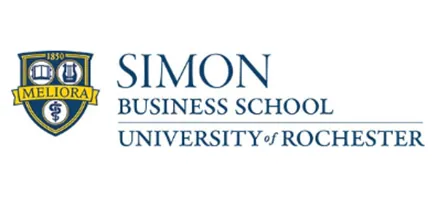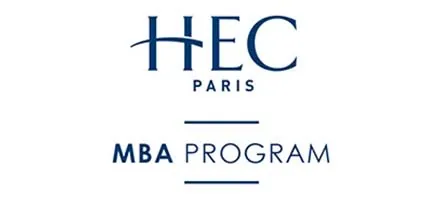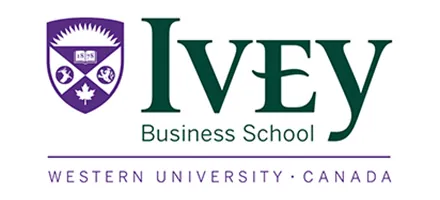The Smith Online MBA does class intakes three times a year; every January, May, and September. Students kickoff the program by participating in a required three-day residency at the university’s campus in College Park, Maryland.
“In these first three days, we work hard and we play hard,” says Judy Frels, Academic Director of the Smith OMBA.
Prior to arriving on campus, the program requires students to complete Excel pre-work because, “Being capable with spreadsheets is a good thing to do before you get into MBA work,” she says.
During the three-day residency, there is an action learning project wherein students are tasked with formulating a business strategy for a pre-determined business challenge. “We may say to them, design the watch of the future. Then we provide a lot of supplies, put them in a room, and have them tell us things like their market, what their watch will do, and ask them to draft a short business plan.”
More generally, “During the residency is when students meet face to face with classmates, professors, staff, etc. We lay out the expectations of the program so they really know what they’re getting into. We also encourage you to get a buddy, someone to call when you feel like you’re drowning because everyone will experience that feeling at one moment or another.”
On the “play hard” side of things, Smith’s opening residency includes happy hours and dinners every night so students can get to know each other, find a friend, and begin developing a network.
The curriculum for the online MBA consists of Foundation I and Foundation II (year one and year two) classes for a total of 54 credits. Courses take place over a period of 14-week terms and students typically take two classes per…
The Smith Online MBA does class intakes three times a year; every January, May, and September. Students kickoff the program by participating in a required three-day residency at the university’s campus in College Park, Maryland.
“In these first three days, we work hard and we play hard,” says Judy Frels, Academic Director of the Smith OMBA.
Prior to arriving on campus, the program requires students to complete Excel pre-work because, “Being capable with spreadsheets is a good thing to do before you get into MBA work,” she says.
During the three-day residency, there is an action learning project wherein students are tasked with formulating a business strategy for a pre-determined business challenge. “We may say to them, design the watch of the future. Then we provide a lot of supplies, put them in a room, and have them tell us things like their market, what their watch will do, and ask them to draft a short business plan.”
More generally, “During the residency is when students meet face to face with classmates, professors, staff, etc. We lay out the expectations of the program so they really know what they’re getting into. We also encourage you to get a buddy, someone to call when you feel like you’re drowning because everyone will experience that feeling at one moment or another.”
On the “play hard” side of things, Smith’s opening residency includes happy hours and dinners every night so students can get to know each other, find a friend, and begin developing a network.
The curriculum for the online MBA consists of Foundation I and Foundation II (year one and year two) classes for a total of 54 credits. Courses take place over a period of 14-week terms and students typically take two classes per term, broken into seven weeks each.
Outside of the required core courses in the program, the Smith Online MBA offers five specializations in finance, accounting, marketing, supply chain management, and information systems/business analytics. Or, students can choose the General Track option where they create their own my own path by mixing and matching electives however they’d like. For each specialization or General Track option, students have to select three courses.
Finally, the last two credits that students fulfill are the required capstone business simulation which is another three day, in-person residency and is typically their last class.












